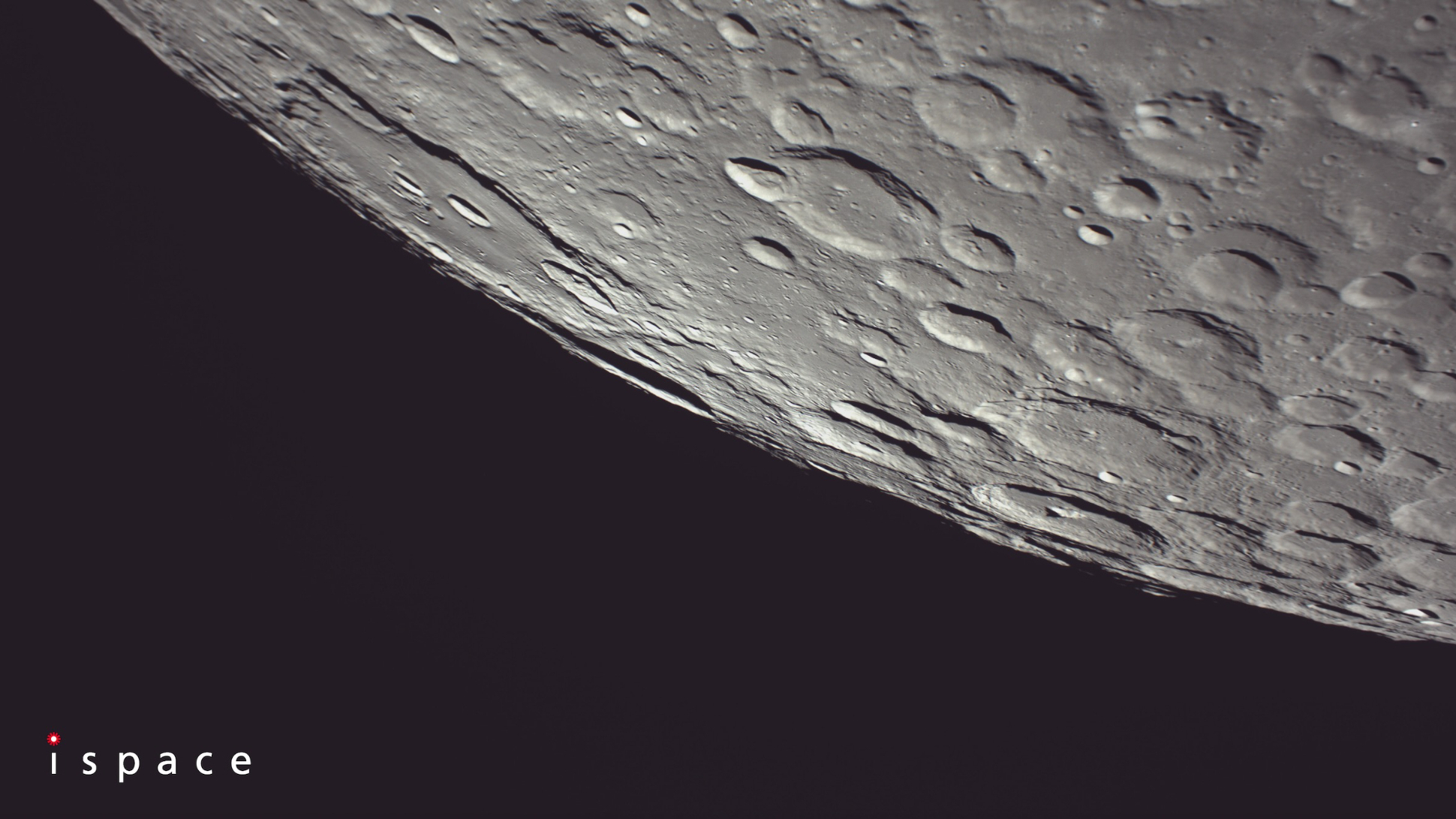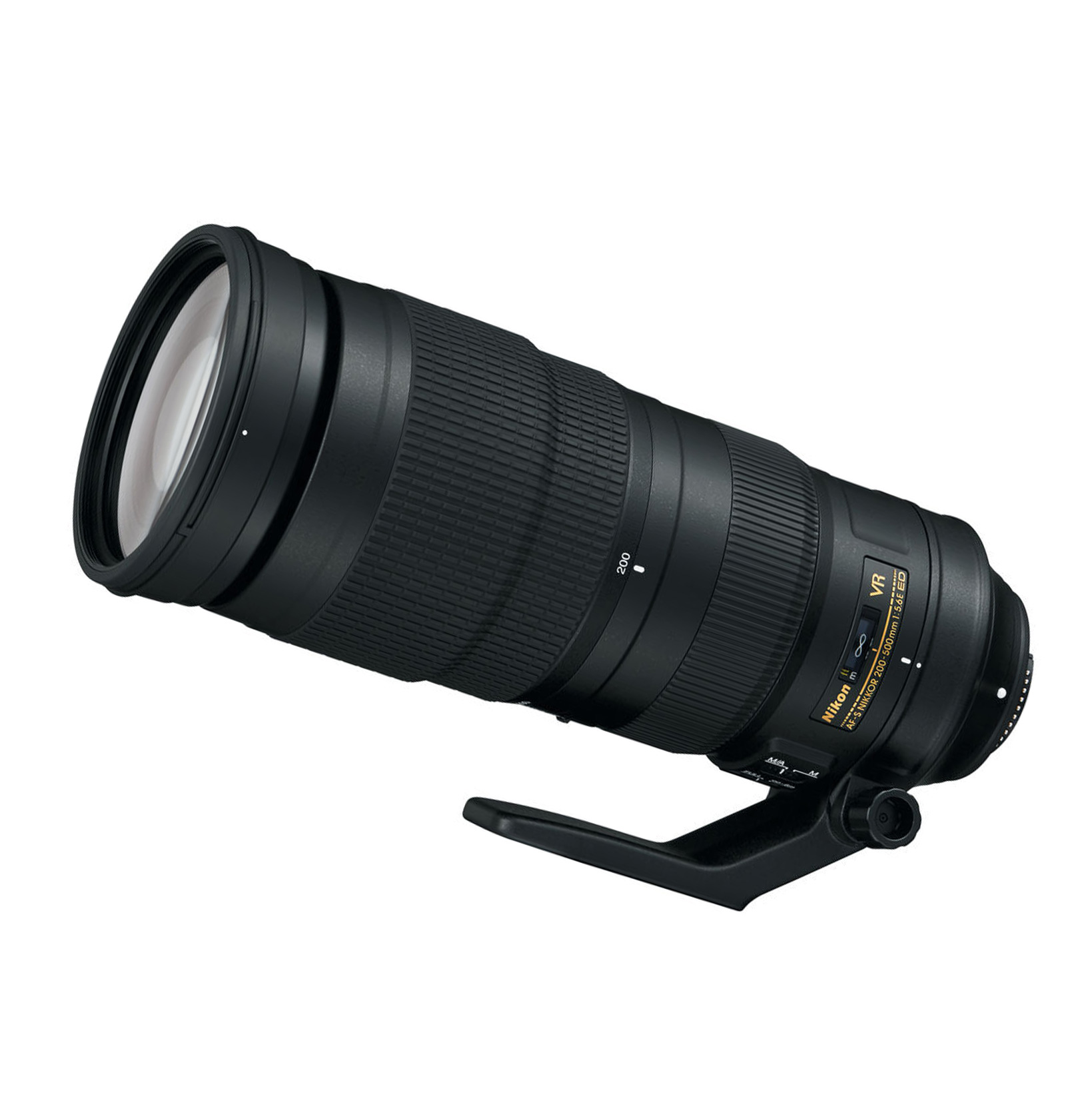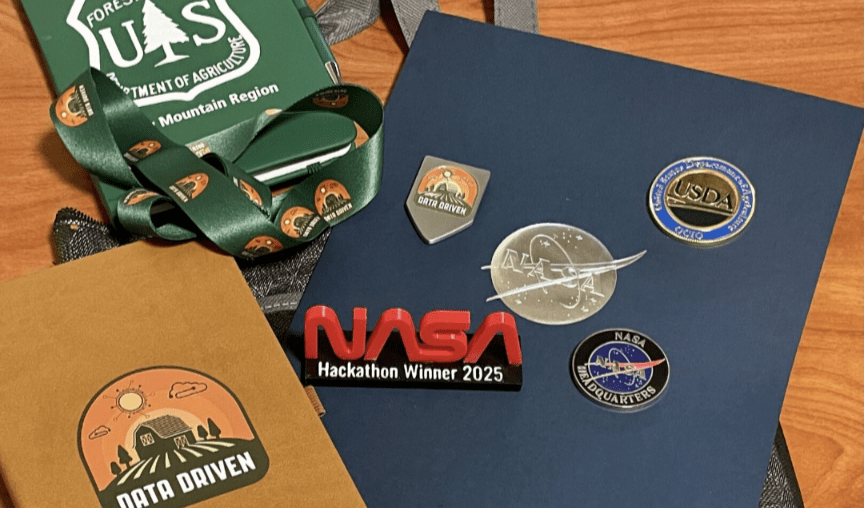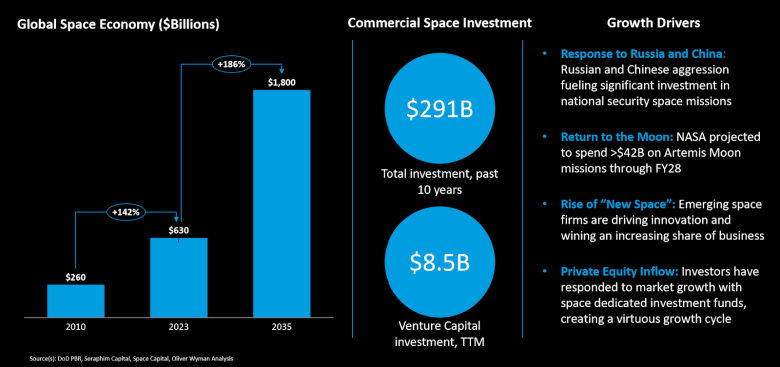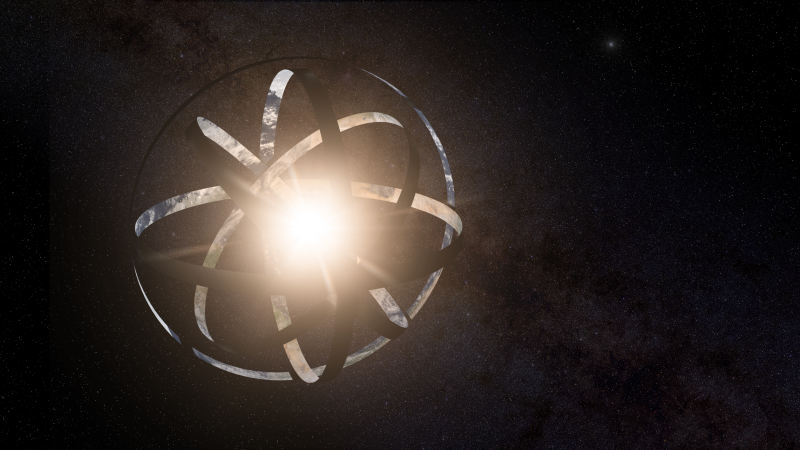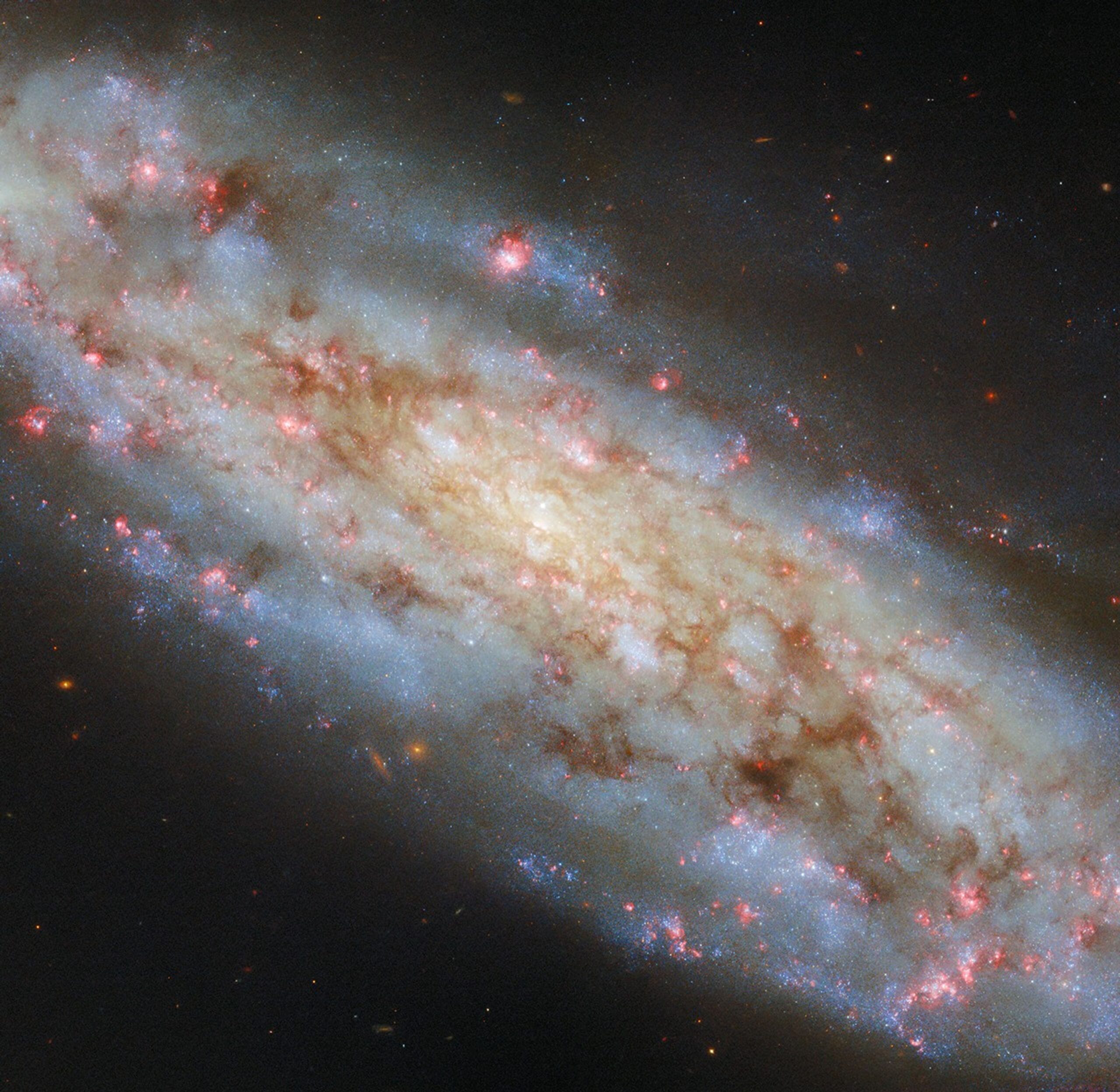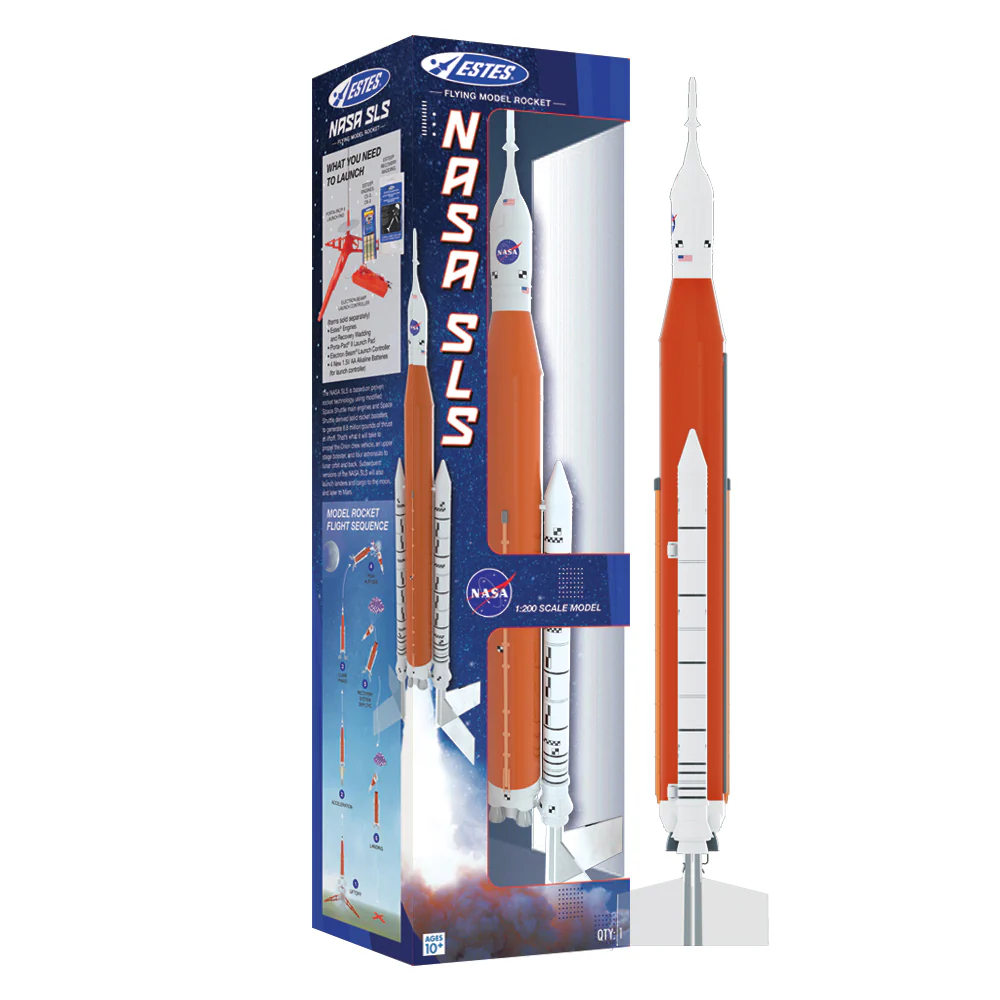Another holiday and another sales event are upon us as Amazon Memorial Day deals are officially landing. Big retailers are dropping prices and Amazon is one of the frontrunners when
Archive for May, 202526- Page
Japan’s private Resilience lunar lander has given us a nice shot of the moon just two weeks before its historic touchdown attempt. On Thursday morning (May 22), the Tokyo-based company
When you own one of the best cameras for photos and videos, you’ll naturally want to pair it up with one of the best lenses for astrophotography or one of
In collaboration with the United States Department of Agriculture, Amazon Web Services, and Colorado State University, NASA turned to students for AI-driven solutions. NASA On March 28, 80 college students
As a new era of space exploration and development unfolds — one with far more private-sector investment and leadership — the potential for rapid growth is promising. National security, deep
The most powerful explosions in the known universe come from what are known as gamma-ray bursts — though they may not sound particularly exciting, scientists usually speak about these incredible
WASHINGTON — The Senate is set to vote on confirming Jared Isaacman’s nomination to be NASA administrator in early June. Senate Majority Leader John Thune (R-S.D.) filed cloture on Isaacman’s
Artist’s concept of a Dyson sphere. Dyson spheres are structures that would form rings or hollow spheres around stars and harness their energy. However, they would be unstable around a
Explore Hubble Hubble Home Overview About Hubble The History of Hubble Hubble Timeline Why Have a Telescope in Space? Hubble by the Numbers At the Museum FAQs Impact & Benefits
We can’t all get down to Cape Canaveral, so we’ve rounded up the best model rockets on the market, suitable for all ages and budgets. The best model rockets are
-
 01From Polymerization-Enabled Folding and Assembly to Chemical Evolution: Key Processes for Emergence of Functional Polymers in the Origin of Life
01From Polymerization-Enabled Folding and Assembly to Chemical Evolution: Key Processes for Emergence of Functional Polymers in the Origin of Life -
 02Panasonic Leica Summilux DG 15mm f/1.7 ASPH review
02Panasonic Leica Summilux DG 15mm f/1.7 ASPH review -
 03How New NASA, India Earth Satellite NISAR Will See Earth
03How New NASA, India Earth Satellite NISAR Will See Earth -
 04And Thus Begins A New Year For Life On Earth
04And Thus Begins A New Year For Life On Earth -
 05Astronomy Activation Ambassadors: A New Era
05Astronomy Activation Ambassadors: A New Era -
06SpaceX launch surge helps set new global launch record in 2024
-
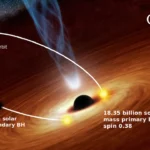 07Two Black Holes Observed Circling Each Other for the First Time
07Two Black Holes Observed Circling Each Other for the First Time



